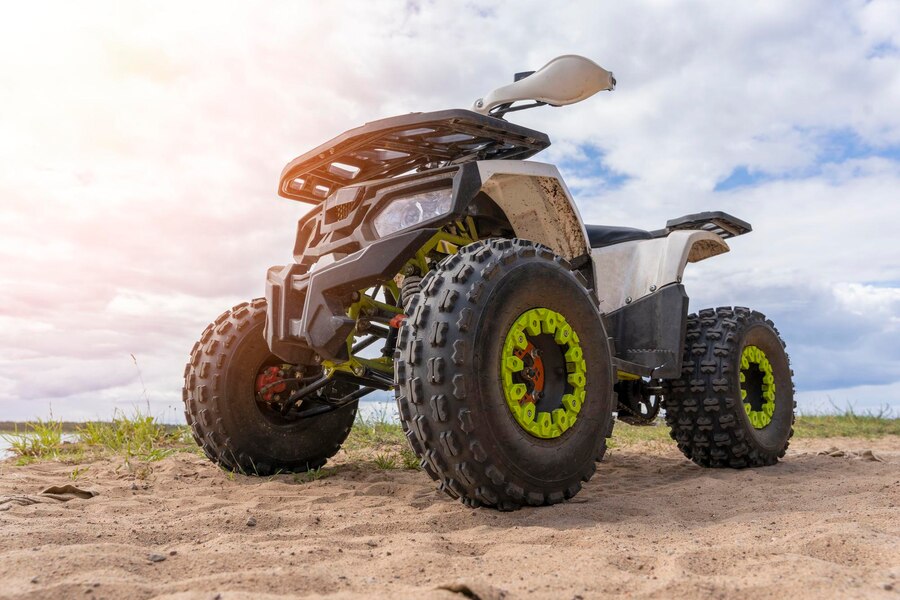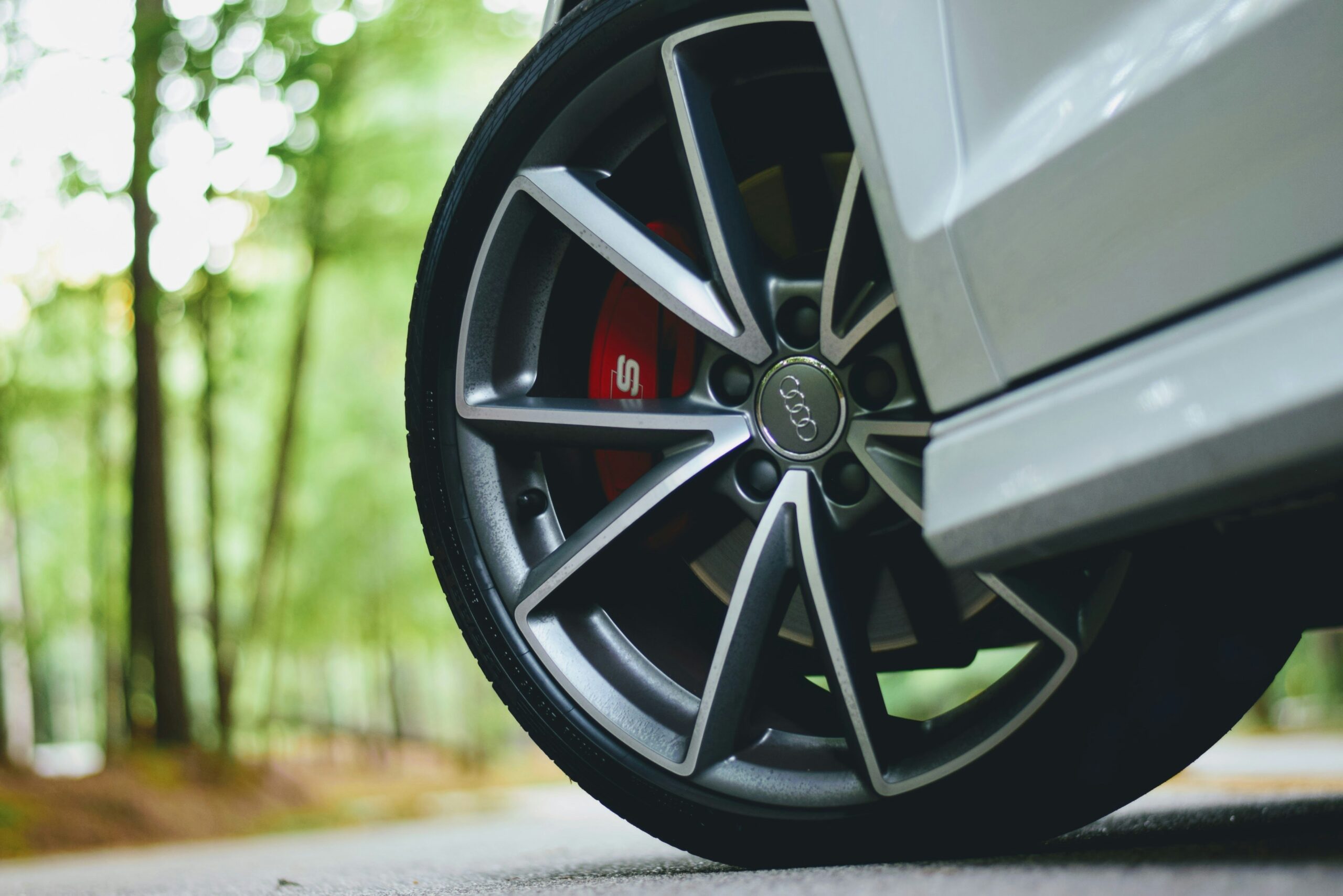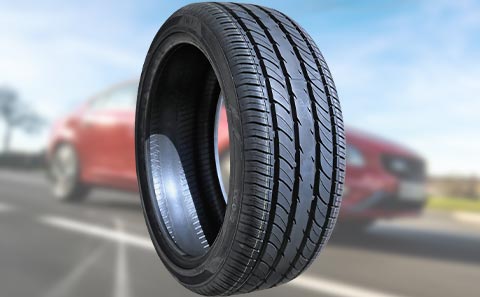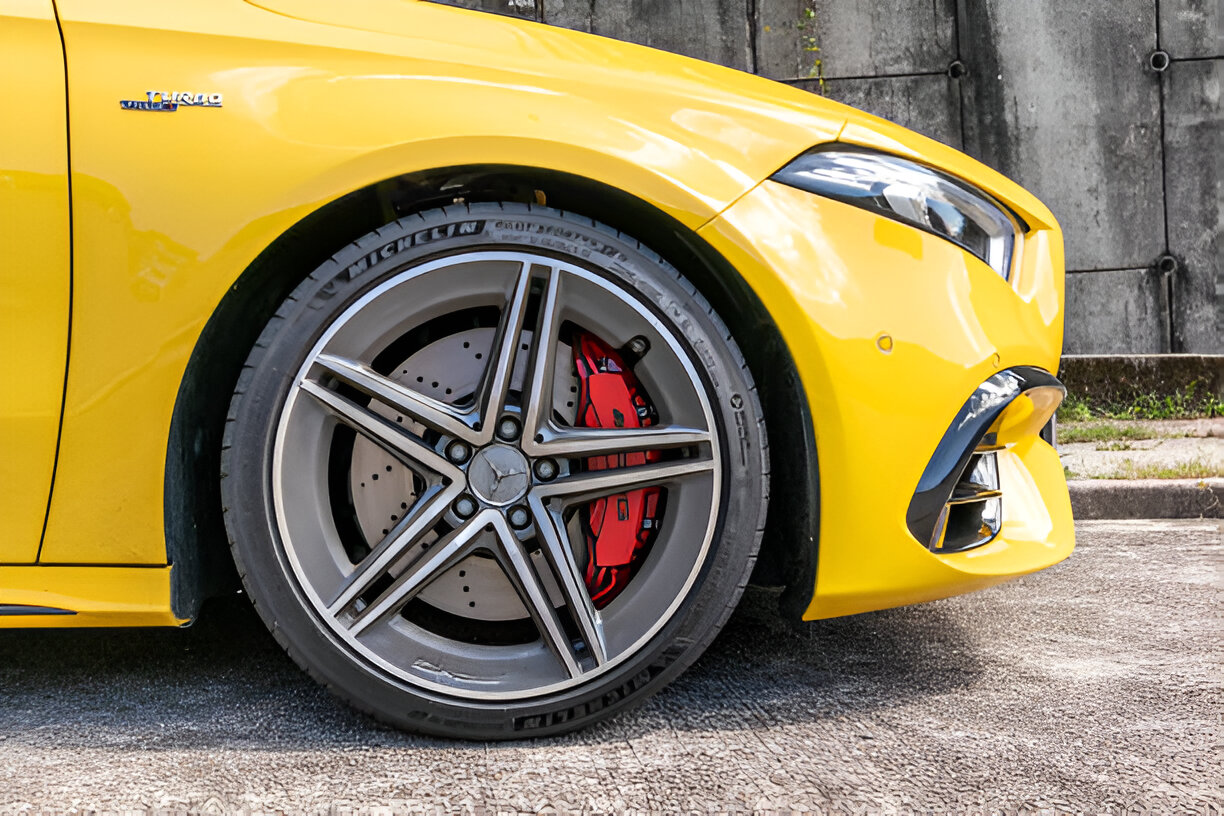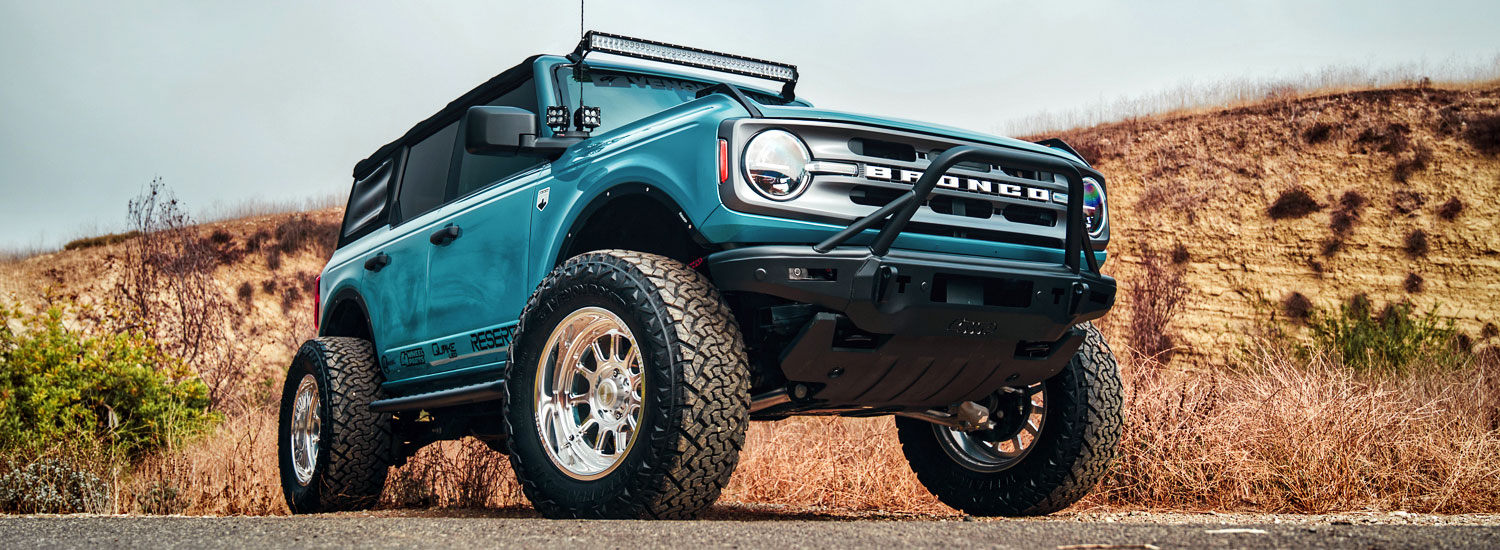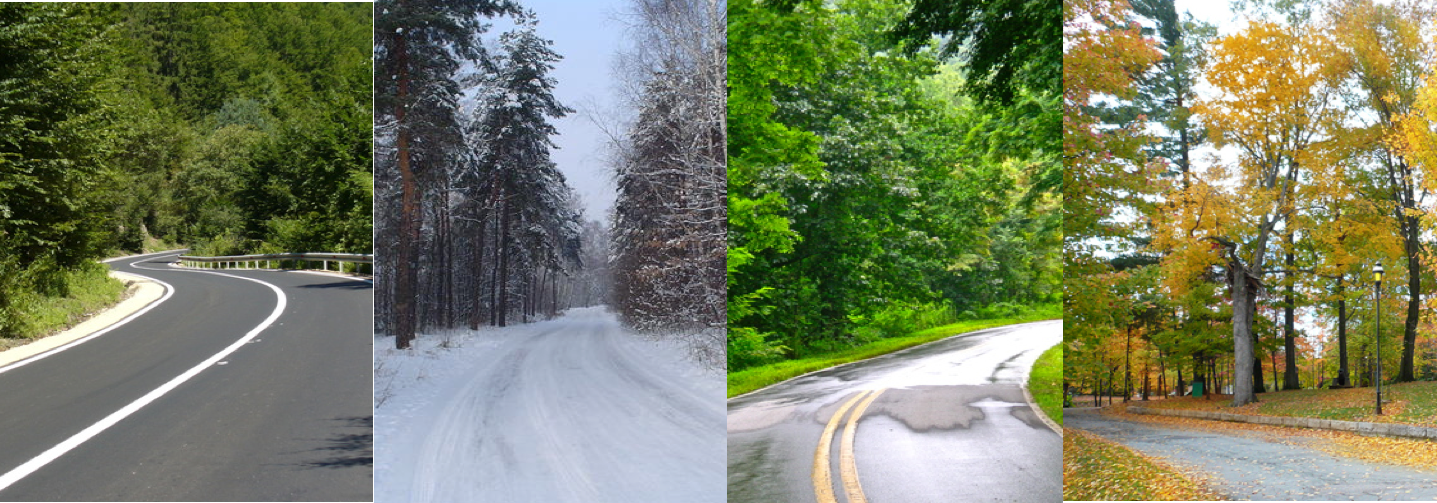Last Updated on August 1, 2025
How Do Cold Temperatures Affect Tire Pressure? Key Tips for Winter Tire Care
Winter is a tricky part of the year, with its record-low temperatures, snow, and ice. The first line of defense is always a good set of winter tires, which provide the best possible traction, steering, and braking capabilities. Even when the vehicle is parked and stagnated, winter can affect your tires, even a newly mounted set. How is that possible? Winter weather can cause concerns regarding tire pressure, which is often an overlooked but important issue for tires. Cold weather significantly impacts tire pressure, directly influencing your car’s performance, safety, and fuel efficiency.
This comprehensive guide will explain the science behind tire pressure changes, the risks of improper inflation in cold weather, and essential tips to keep your tires in the best condition during the winter.
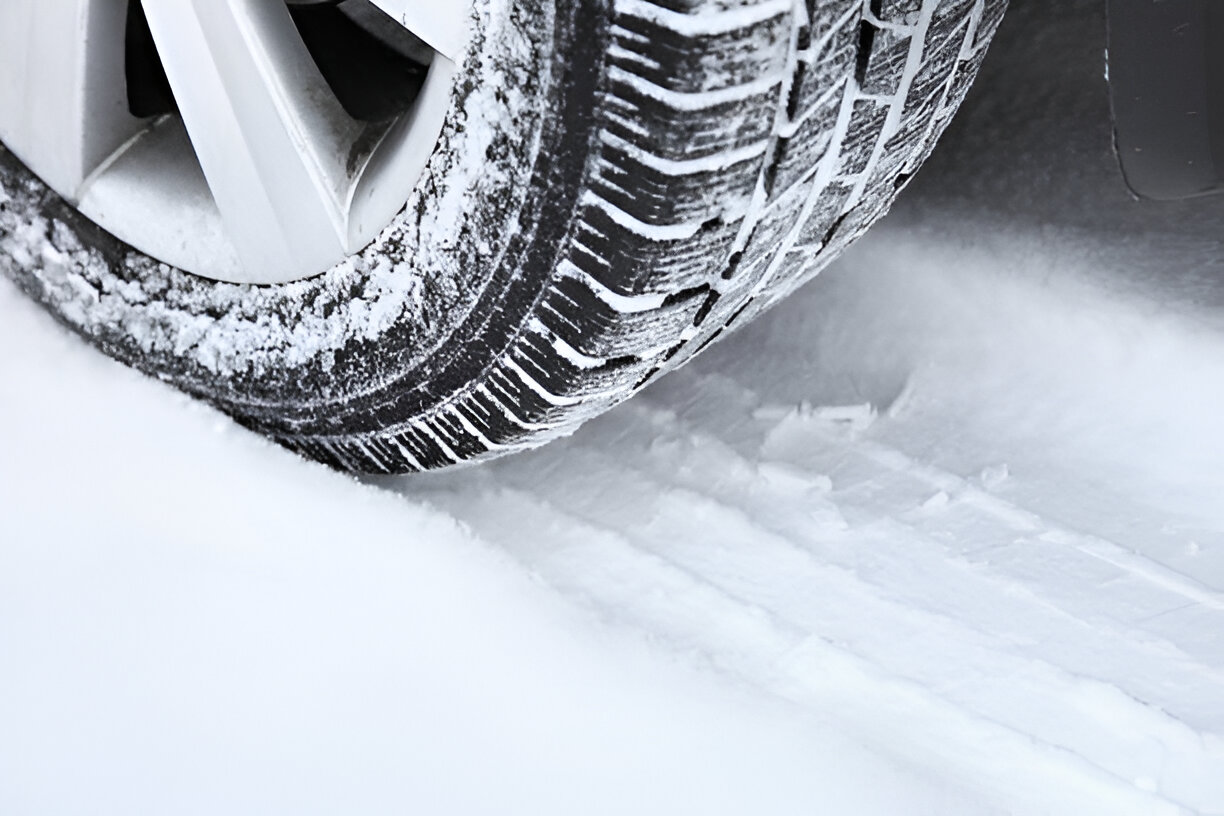
The Science Behind Low Temperatures And Tire Pressure
Understanding the science behind changes in tire pressure due to low temperatures is key to maintaining your vehicle’s performance. As you may have guessed, the air pressure inside the tires reduces when the temperature outside drops. How is this possible if you properly inflated the tires the night before?
Here’s the reason: air is gas; like any matter, it expands when heated and contracts when cooled. When there is a sudden drop in temperature, which can happen overnight, the air inside the tires gets cold quickly, making it denser, which reduces the air pressure. The air molecules get closer on the molecular level, slightly decreasing the tire’s air volume. The result is less pressure on the tire from the inside.
The general rule is that for every 10°F decrease in temperature, tire pressure drops by approximately 1 PSI (pound per square inch). Alternatively, tire pressure will rise as the air expands as temperatures increase. On particularly cold nights, you may notice a significant drop in air pressure, requiring you to reinflate the tires to drive safely.
It’s important to remember that this phenomenon is very common and affects all kinds of tires. Even brand-new winter tires can lose air pressure overnight in colder conditions. Rather than assuming something is wrong with the tires, remember that the sharp drop in temperature is the likely perpetrator.
Effects of Cold Temperatures on Tire Performance
Underinflated tires are always problematic. You should inflate the pressure as soon as you notice that it is not at the recommended level. Modern vehicles with TPSM can tell you exactly how much PSI you have lost, which is a very convenient feature that helps you maintain your vehicle’s performance and safety.
- Increased Tire Wear: Underinflated tires create more surface area contact with the road. While this might seem beneficial for traction, it leads to uneven wear, particularly on the tire’s edges. Over time, this wear can shorten the lifespan of your tires, necessitating more frequent replacements.
- Decreased Fuel Efficiency: When tires are underinflated, they increase rolling resistance—meaning the engine has to work harder to move the vehicle. This extra effort results in lower fuel efficiency, costing you more money at the pump.
- Reduced Traction and Stability: Properly inflated tires have an optimal contact patch with the road, providing a solid grip and ensuring balanced traction. Underinflation causes tires to become soft and less stable, which can be especially dangerous in winter conditions like snow or ice. An underinflated tire also has less grip, lessening the control and making it harder to stop, especially during sudden maneuvers.
- Higher Risk of Blowouts: Underinflated tires flex more as they rotate, generating heat. Over time, this excessive heat can weaken the tire’s structure, increasing the risk of a blowout— which is extremely hazardous at high speeds.
- Impact on Tire Flexibility: In addition to pressure changes, cold temperatures also affect the rubber compound of the tires. Most tires are made from a mix of synthetic rubber compounds that can withstand certain temperature ranges. As temperatures drop, the rubber in the tires stiffens and becomes less flexible, affecting the tire’s ability to conform to road surfaces.
How to Maintain Proper Tire Pressure in Cold Weather
Maintaining proper tire pressure in cold weather requires little effort but demands consistency and attention to detail. Here are the critical steps to keeping your tires in optimal condition during winter.
- Use the Recommended Pressure Levels: Check your vehicle’s recommended tire pressure, usually found in the owner’s manual or on a sticker on the driver’s door. Don’t confuse this with the “maximum pressure” on the tire, which indicates the maximum limit, not the ideal operating pressure.
- Get a Tire Pressure Gauge: Invest in a good-quality gauge, preferably digital, for better accuracy than analog. Don’t rely solely on your vehicle’s built-in tire pressure monitoring system (TPMS), as it may not detect small pressure drops until they become significant.
- Nitrogen vs. Air: Some drivers prefer filling their tires with nitrogen instead of regular air since temperature changes are less affected. Nitrogen doesn’t expand or contract as much as regular air containing moisture and oxygen. While not essential for most, nitrogen can help keep tire pressure more stable in winter’s fluctuating temperatures.
Conclusion
Cold temperatures can profoundly affect tire pressure, and neglecting this maintenance aspect can lead to various issues, from reduced fuel efficiency to unsafe driving conditions. Regularly checking and adjusting tire pressure, choosing the correct type of tires, and following basic tire care practices can ensure a safe, efficient, and responsive vehicle throughout the winter.
-
Automotive Specialist
-
Proofreader
-
Writer




